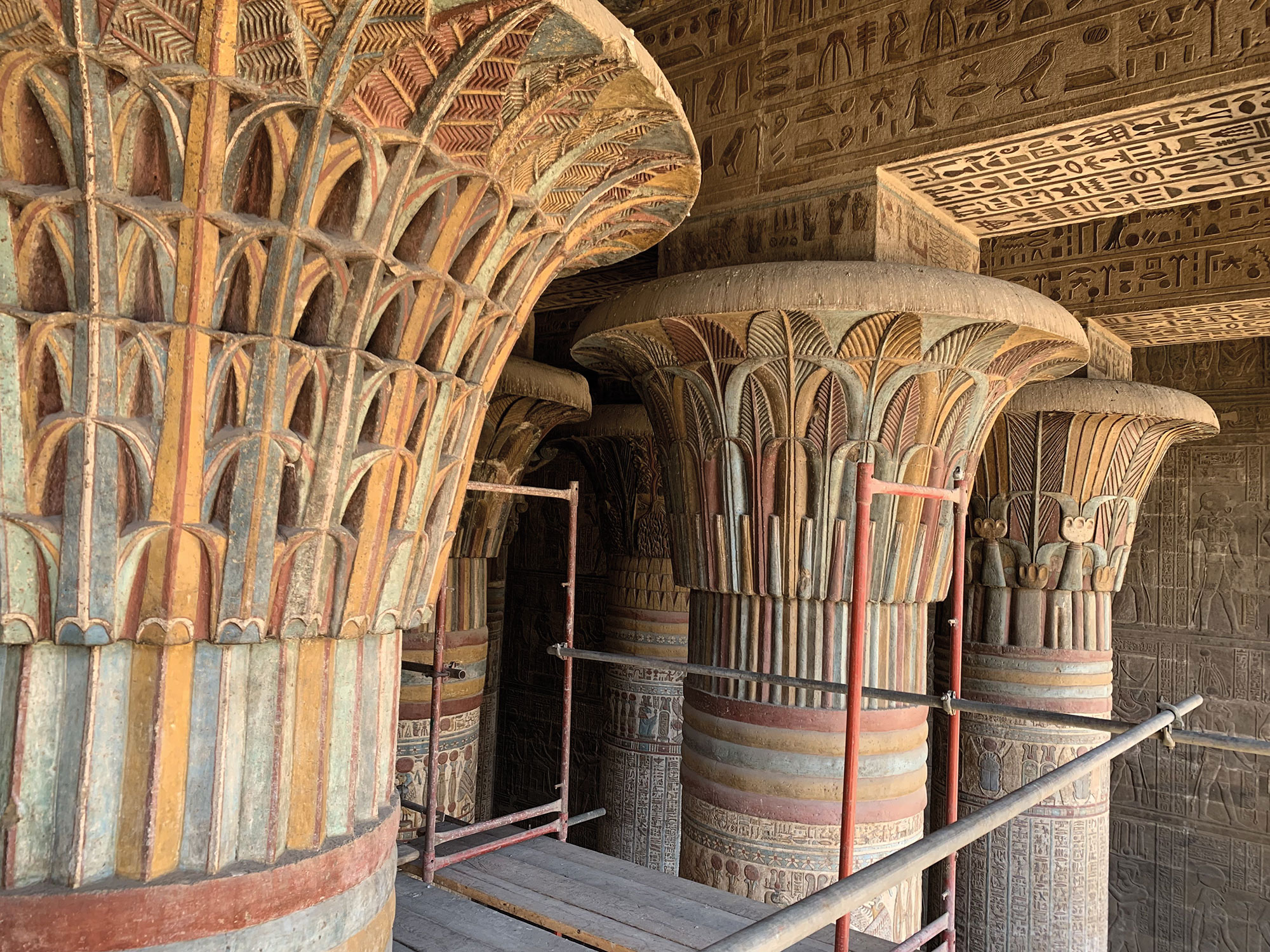MONTPELLIER, FRANCE—Each year, the world produces 80 million tons of fresh grapes and 26 billion liters of wine. Italy is one of the countries that has become most synonymous with the production of wine, but it took thousands of years for Italians to perfect the process, reports Popular Science. A new study undertaken by an international team led by University of Montpellier archaeobotanist Mariano Ucchesu analyzed 1,768 grape seeds taken from 25 Italian archaeological sites spanning 7,000 years, from the Neolithic period to medieval times, to track the evolution of the winemaking process. The earliest evidence of domesticated grapes dates to the Bronze Age. However, researchers determined that prior to 1000 b.c., nearly all of the grape seeds uncovered at sites resembled fruits found from wild grapevines. An important transition occurred between 1000 and 600 b.c., when the shape of the grape seeds changed, indicating a mix of both domesticated and wild grapes. Over the following centuries, communities continued to experiment with a blend of wild and cultivated vines to produce new domesticated varieties. The majority of pips dating to the fourth century b.c. and earlier found at sampled Etruscan sites can be classified as domestic, but it wasn’t really until the seventh century a.d. that domestic grape seeds finally become similar to modern cultivated grapes. Read the original scholarly article about this research in PLOS One. To read about the influence of ancient Italian wines on viniculture in France, go to "French Wine, Italian Vine."
Study Shows How Italian Winemaking Evolved Over Thousands of Years
News April 28, 2025

Recommended Articles
Digs & Discoveries January/February 2026
The Lion of Venice Roars

Digs & Discoveries January/February 2026
A Sicilian Gift Horse


Off the Grid September/October 2025
Necropolis of Pantalica, Italy
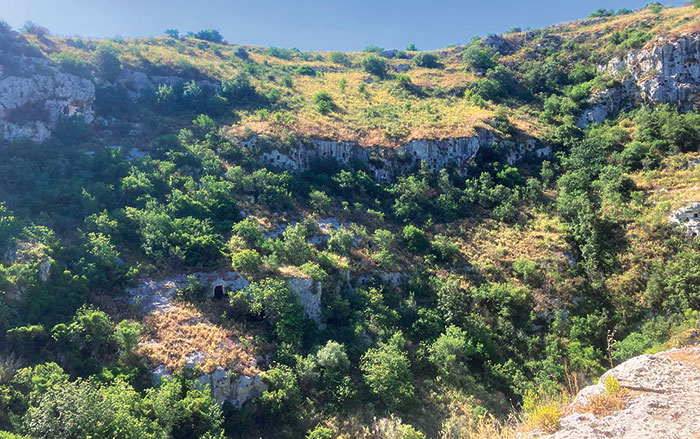
-
Features March/April 2025
The Shell Seekers
How hunter-gatherers in northern Florida facing an uncertain future revived a powerful symbol of their past
 © Majka Media
© Majka Media -
Features March/April 2025
Unearthing an Elusive Empire
Archaeologists have discovered rare evidence of an enlightened medieval dynasty that ruled much of Central Asia
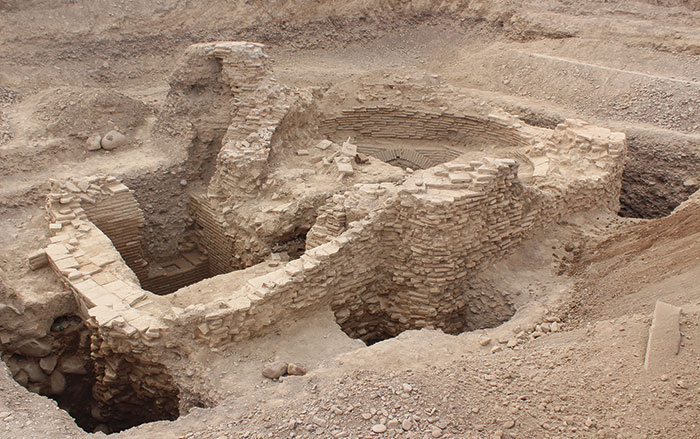 Photo by Kubatbek Tabaldiev and Kunbolot Akmatov
Photo by Kubatbek Tabaldiev and Kunbolot Akmatov -
Features March/April 2025
The Secrets of Porvenir
Remembering the victims of a 1918 massacre that shook a Texas border community
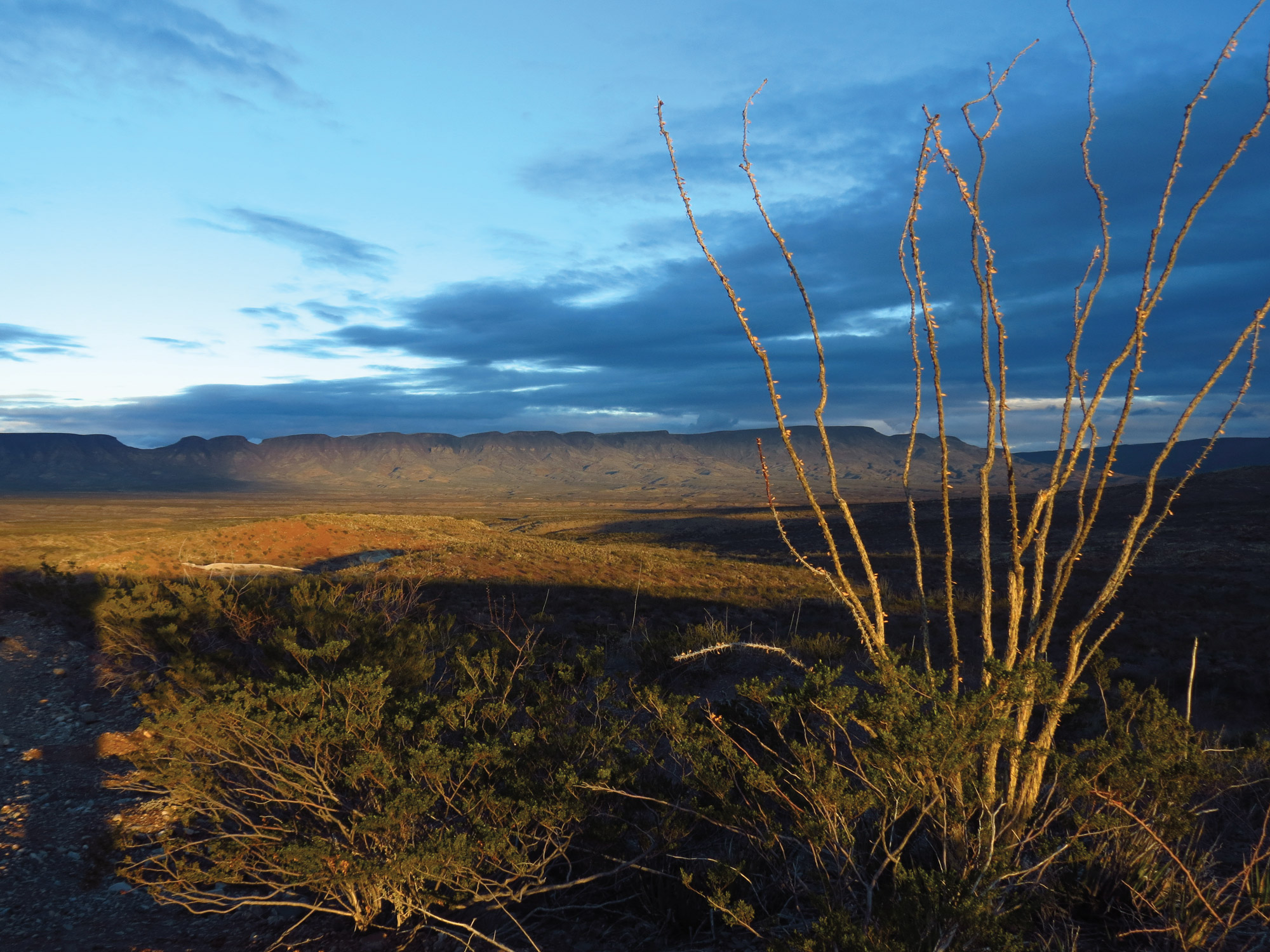 Courtesy David Keller
Courtesy David Keller -
Features March/April 2025
Ahead of Their Time
Excavations reveal the surprising sophistication of Copper Age villagers in southwestern Iran 6,000 years ago
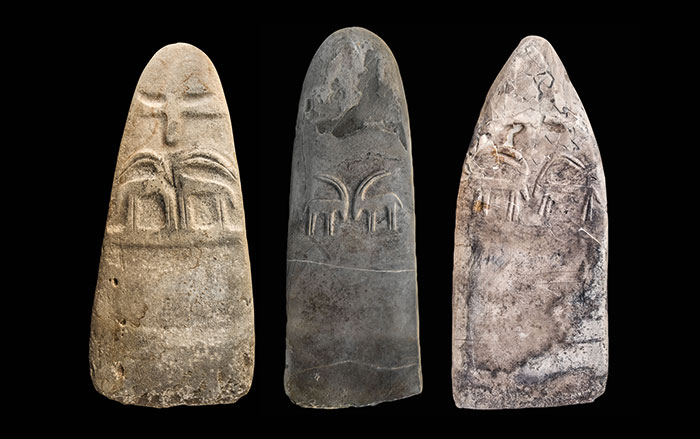 Zohreh Prehistoric Project Archive
Zohreh Prehistoric Project Archive


